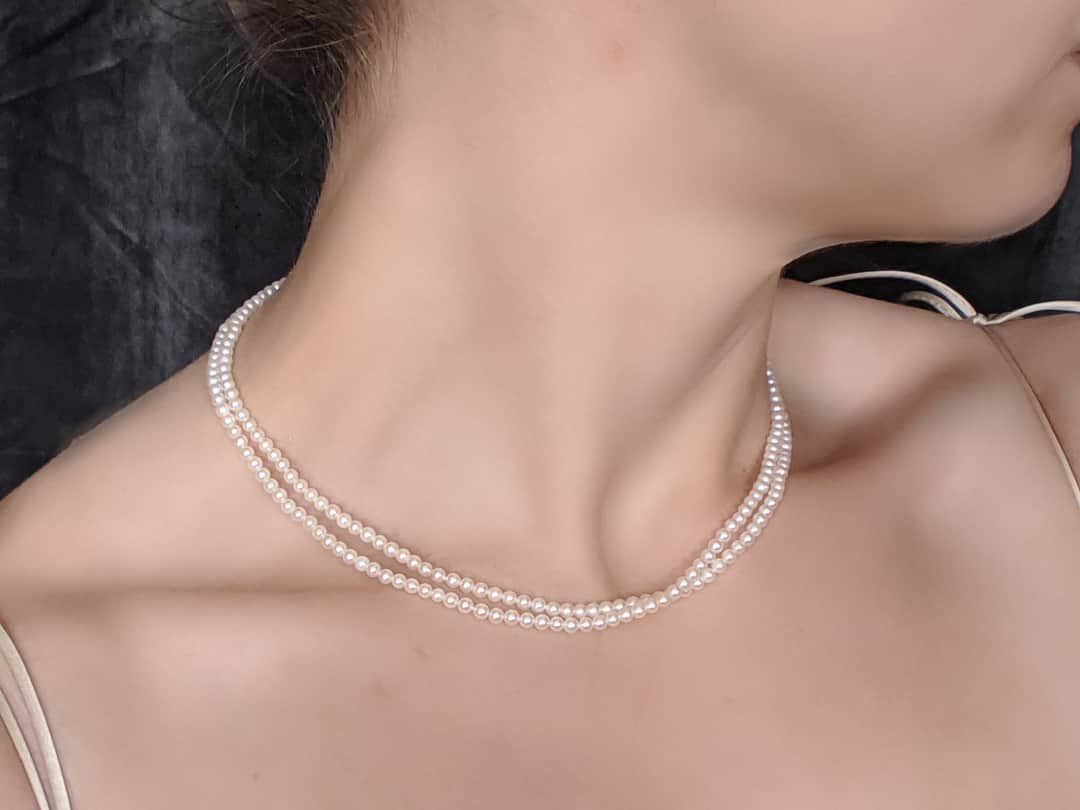
Size: As in many aspects of life, size matters when it comes to pearls. Bigger pearls require more time to form, and thus they're rarer and more valuable. Notably, the price can exponentially increase with just a few millimeters difference in diameter.
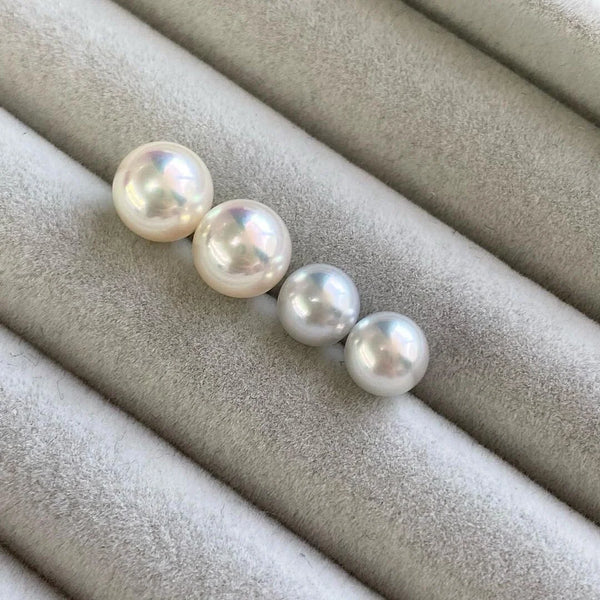
Shape: Perfectly round pearls are the rarest to find, making them highly sought after. But other shapes have their unique charm and appeal too, like the teardrop pearls often used in pendants or the button-shaped pearls used in earrings. Baroque pearls, with their irregular shapes, are particularly beloved by artists and designers for their uniqueness.
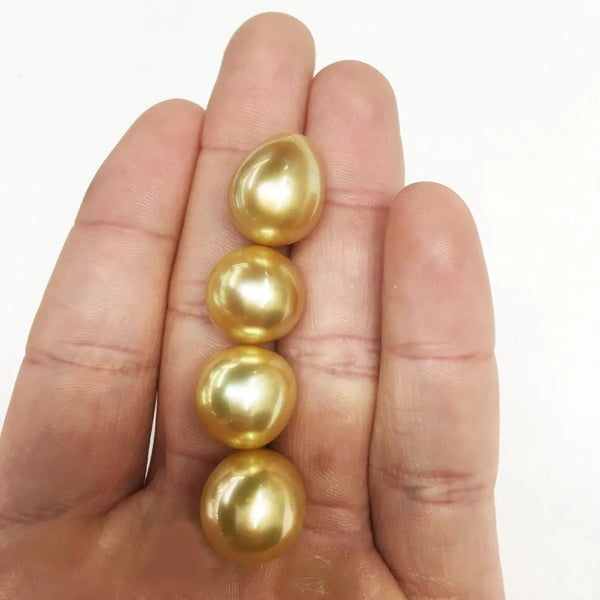
Color: Pearls come in a variety of colors from white, cream, and golden to pink, black, and even multicolored. The color of a pearl can significantly influence its value. The rarer the color, the more valuable the pearl. Also, the value can be culturally dependent - for example, in the West, white or cream pearls are often more desirable, whereas in the East, golden pearls are more sought after.
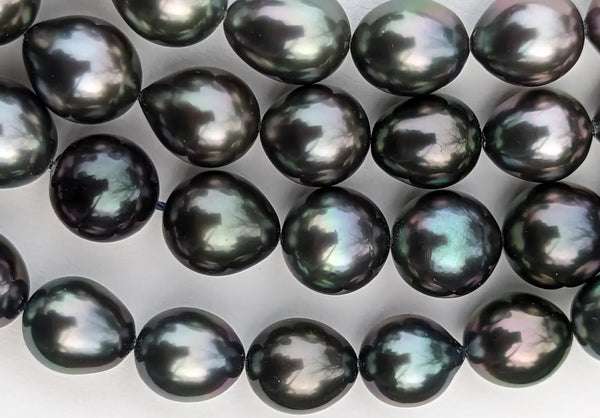
Luster: This refers to how light interacts with the surface of the pearl. A high-quality pearl should have an intense, bright luster that gives it a radiant, almost mirror-like surface. The luster is often what draws people to pearls in the first place - it's the glow that seems to come from within the pearl itself.
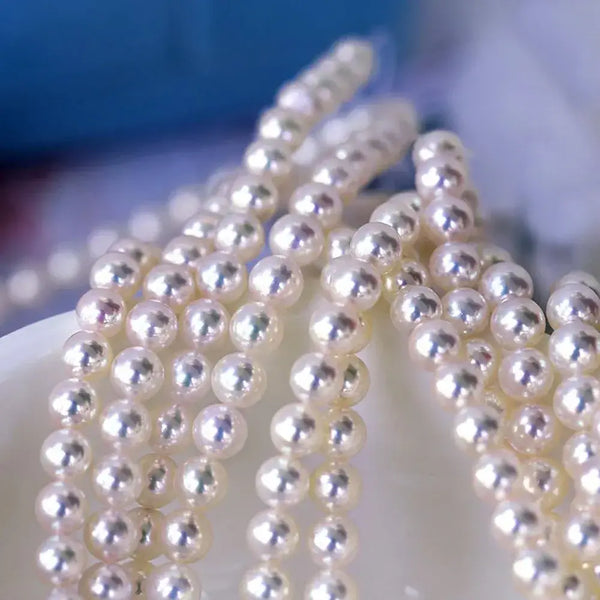
Surface Quality: Like all gems, pearls are products of nature, and it's rare to find a pearl that's absolutely flawless. Those few that are command high prices. Minor surface characteristics, or 'blemishes', like pits, bumps, or scratches, can affect the pearl's value, but they also give each pearl its unique character.
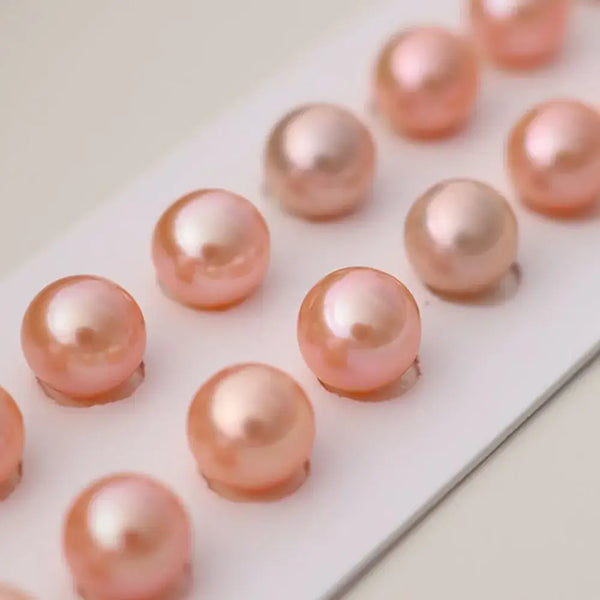
Nacre Quality: Nacre, the substance that the oyster or mollusk uses to create the pearl, is a critical factor in its quality. Thick, high-quality nacre gives the pearl a rich luster and a substantial feel, while thin or poor-quality nacre can make the pearl appear chalky or dull.
Matching in jewelry: Pearls in a piece of jewelry, whether a necklace or a pair of earrings, should match well in terms of size, shape, color, luster, and surface quality. Achieving this level of uniformity can be a painstaking process since each pearl is unique.
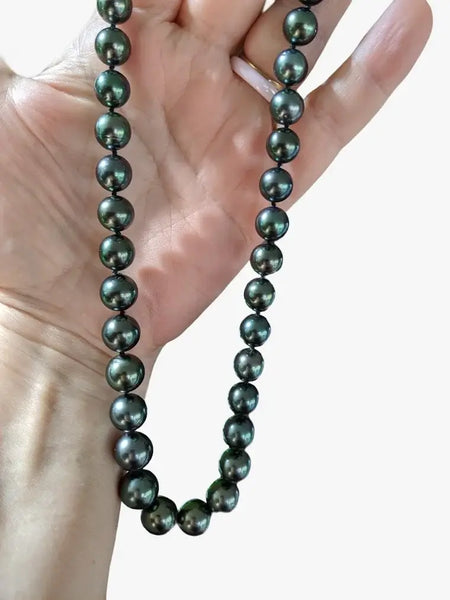
Uniqueness: Uniqueness in pearls could refer to an unusually large size, a rare color, a distinct shape, or a combination of these. Such pearls are collectors' items and fetch high prices.
Provenance: Pearls that have a known history or were previously owned by a famous person or entity can have their value greatly increased. This is not so much about the pearl itself, but about the story it tells and the rarity of such pieces.
Therefore, when purchasing pearls, consider these factors and decide which ones are most important to you. A trustworthy seller like Marina Korneev Pearls would be more than willing to guide you through your pearl buying journey, helping you understand and appreciate the subtleties of these beautiful gems.

